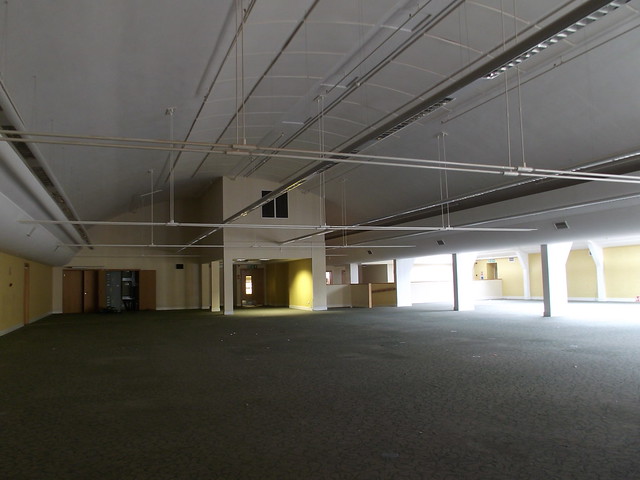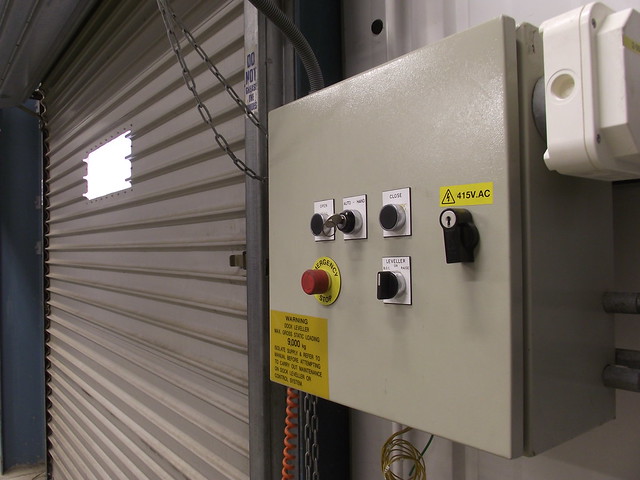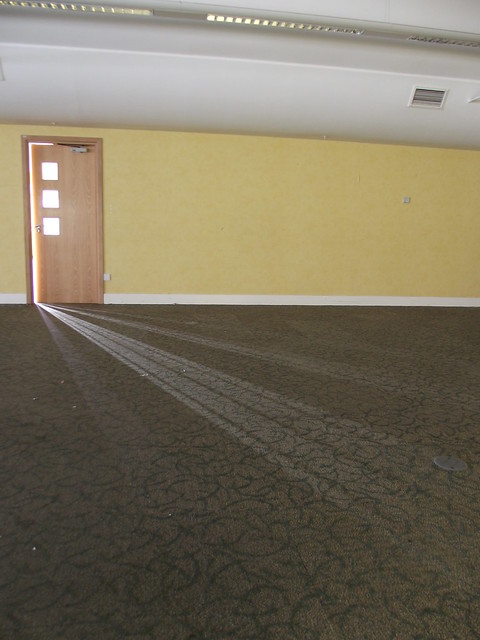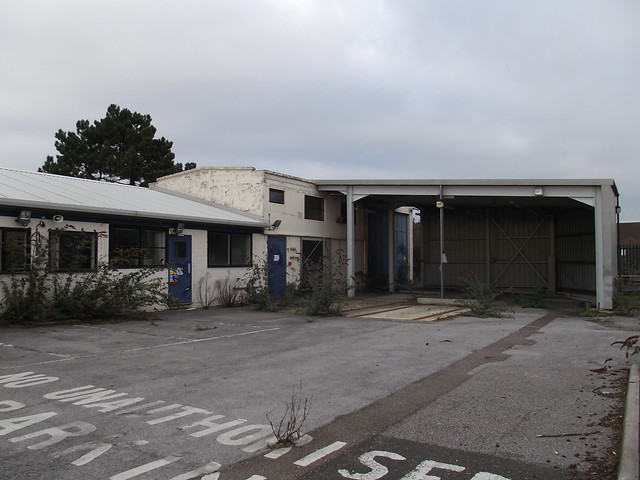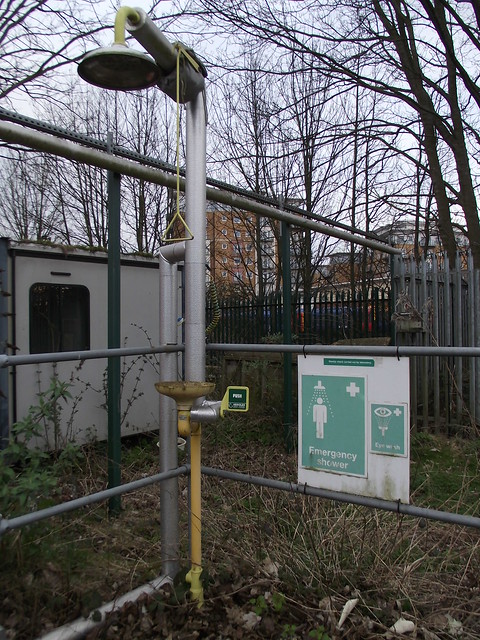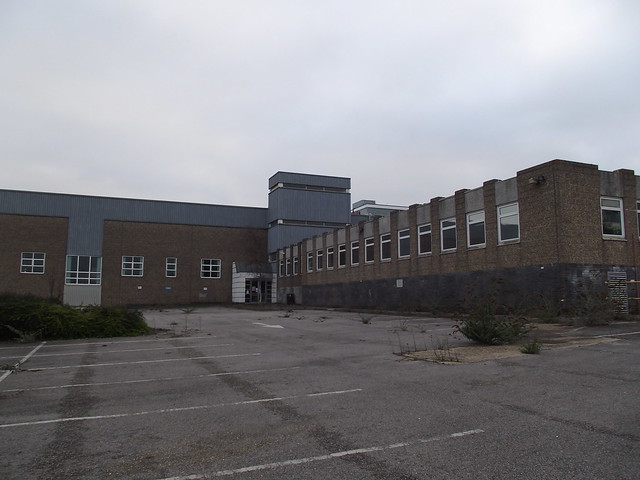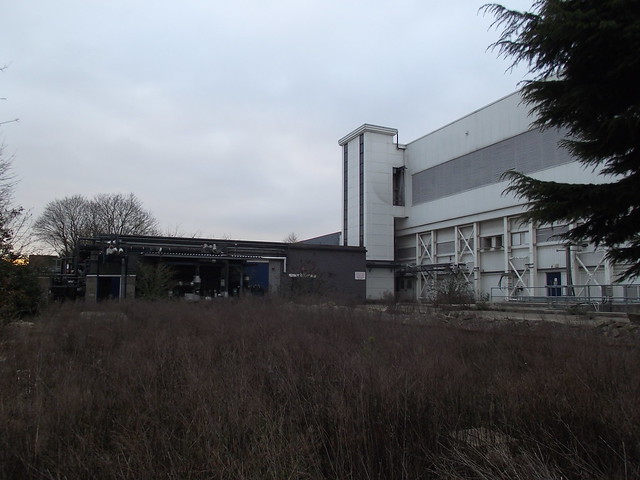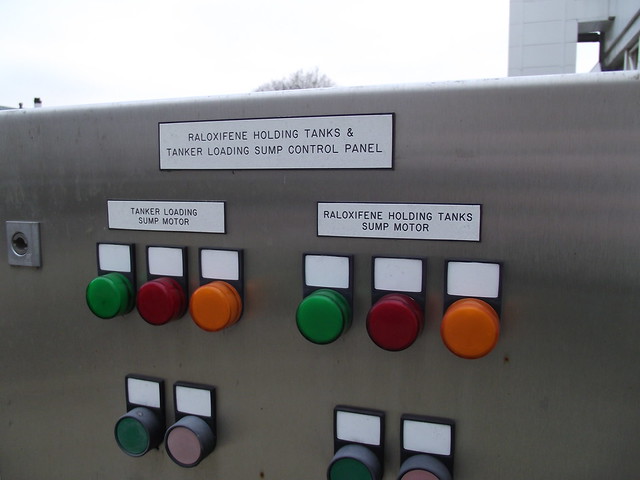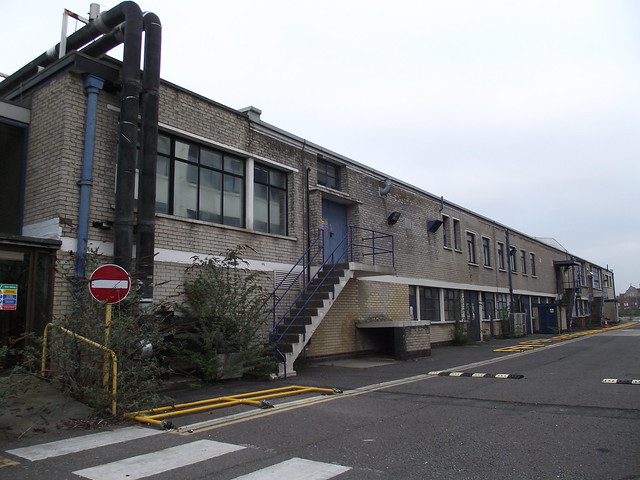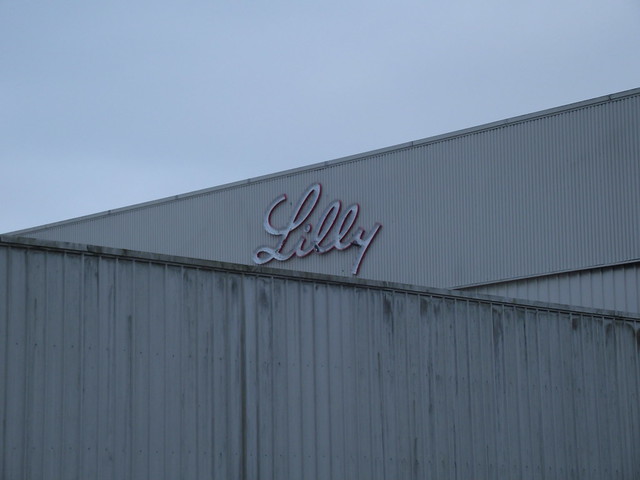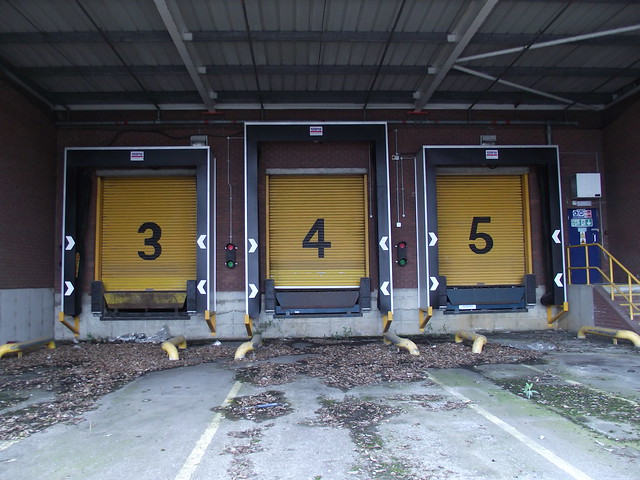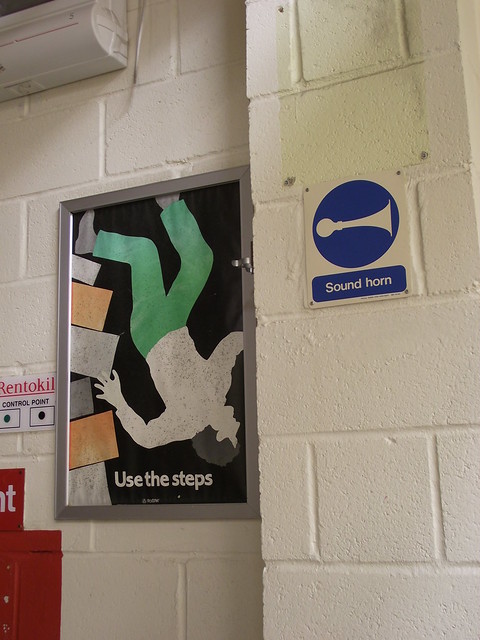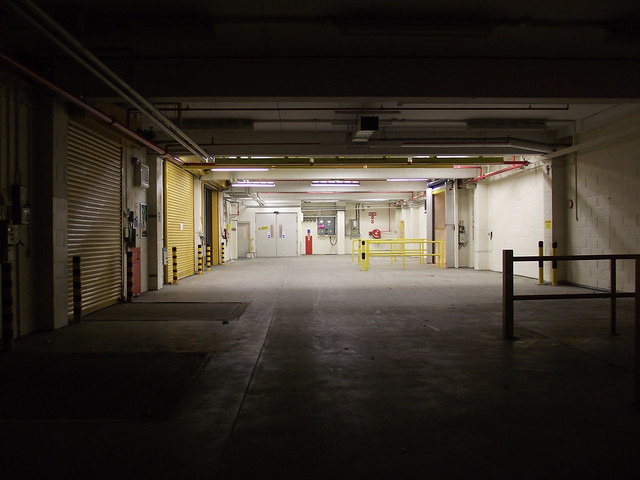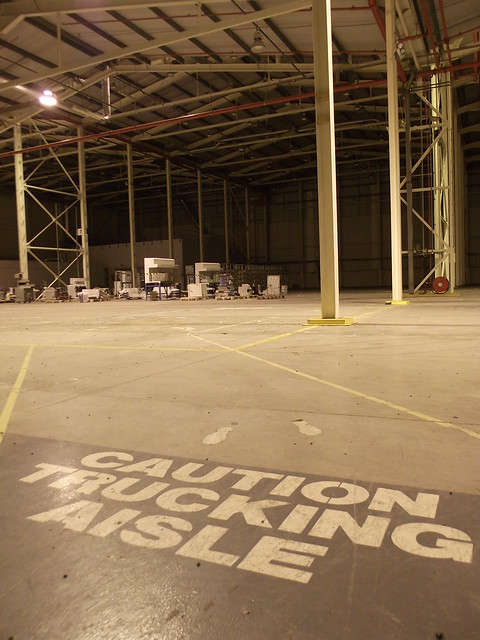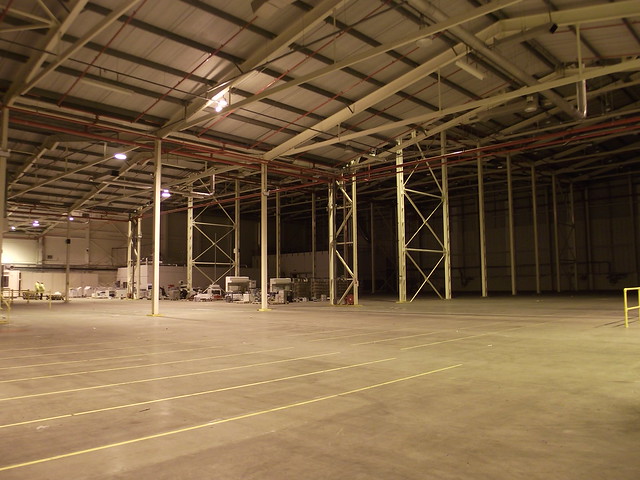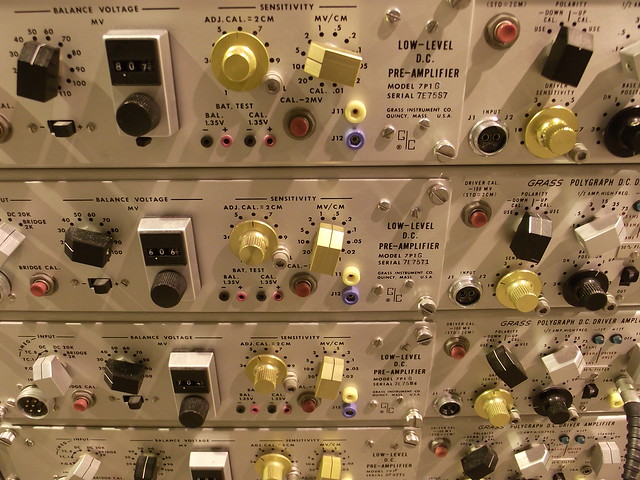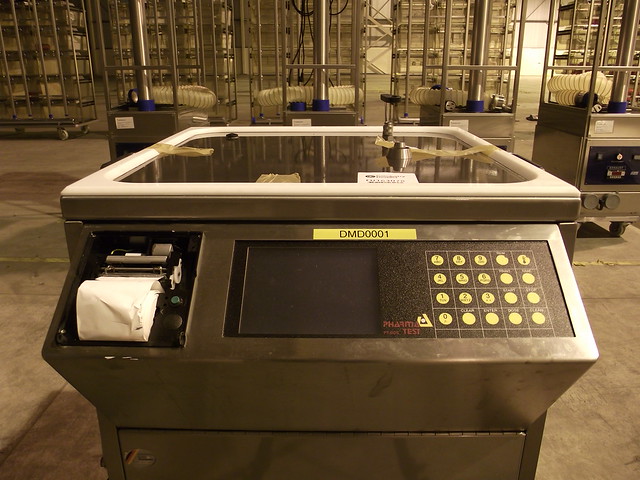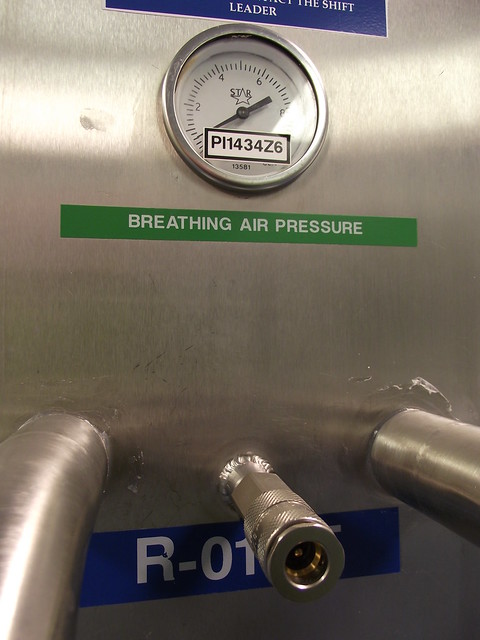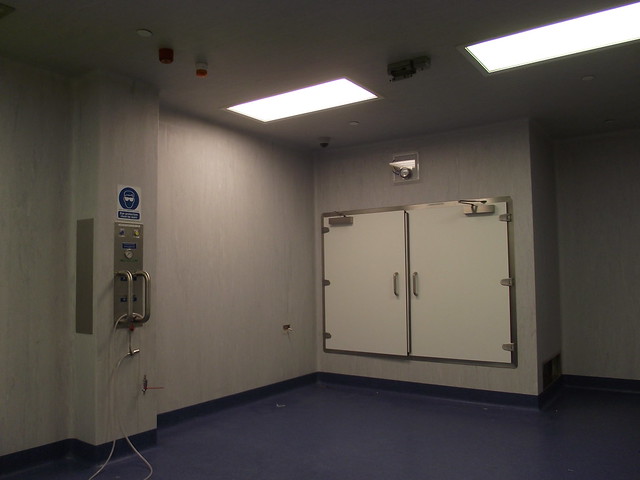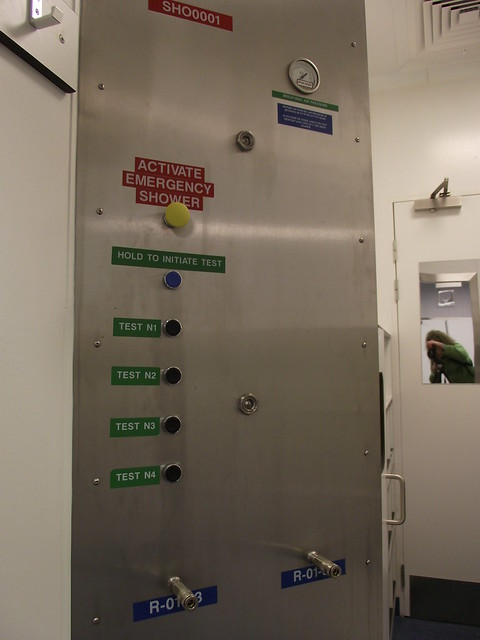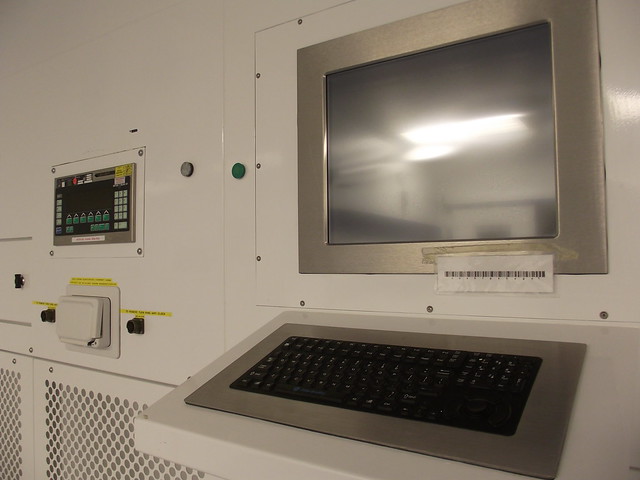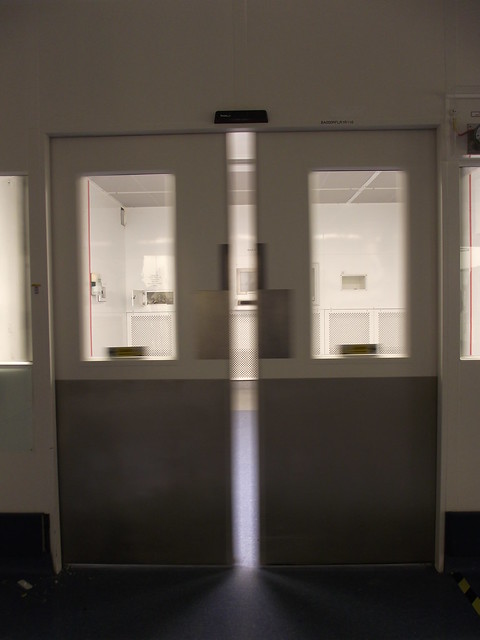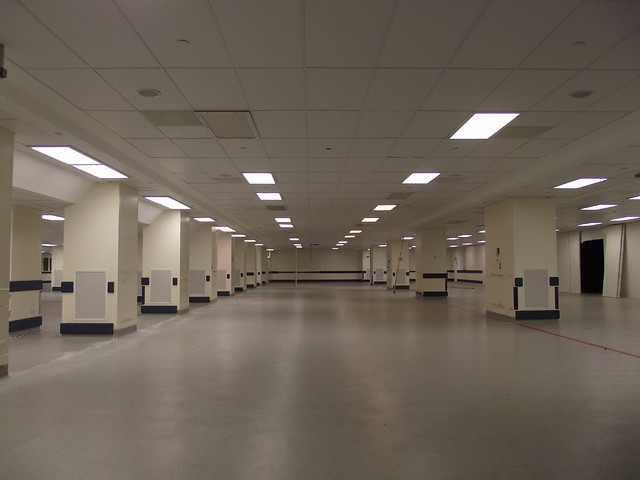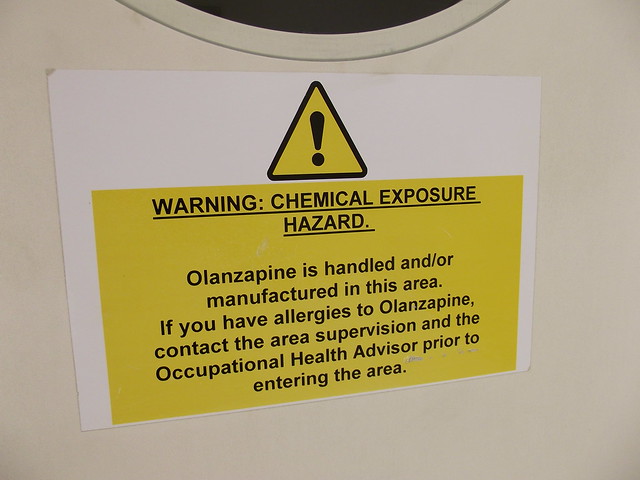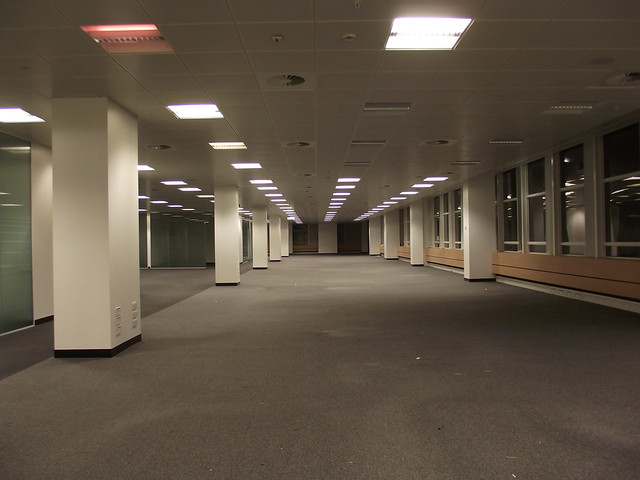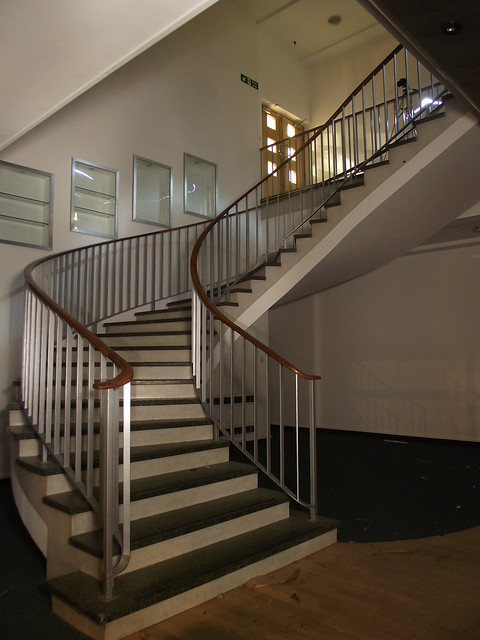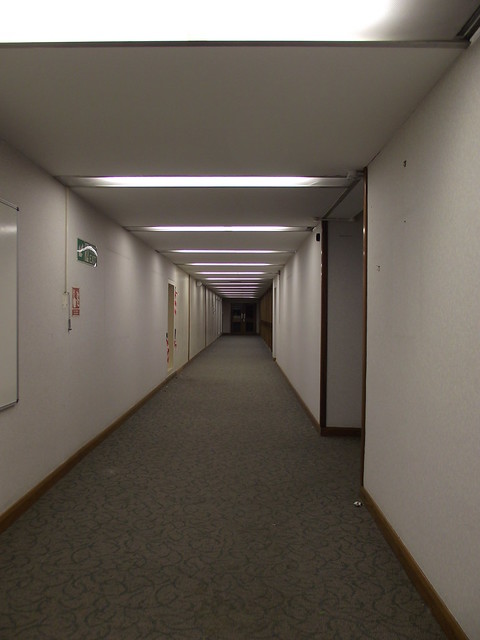First of all, and it is vital for you to note, this was a legit trip. The only way this was possible was the legit route. Massive massive thanks to the guys at Eli who made this happen. There is no hope of this being done non-legit, and it's highly unlikely to ever be done again the legit way. The place is alarmed, has 24/7 security on site and many many cameras which are constantly monitored, it's pretty much secured as if it was still a live site.
Second of all thanks to the other members who were able to come along - Treadstone, randomnut, Phantom Bish, Gh0st, TranKmasT and Andrew, great company for a great evening explore.
What can I say, one of the biggest explores I've done, 5 hours straight photographing and came away with many many pics. This place, although stripped, still has much to keep you occupied from service tunnels to a snooker table via lots of labs, big empty spaces, offices and some rather entertaining posters!
History:
Lets crack on with some pics then....starting with the building we visited last, 'A Block', the big art-deco factory building.
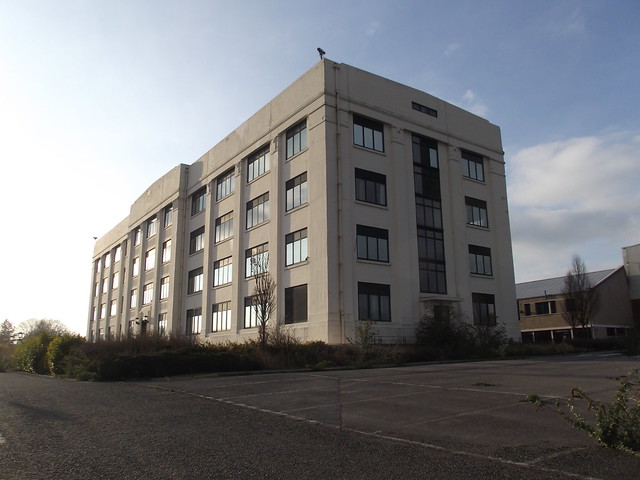
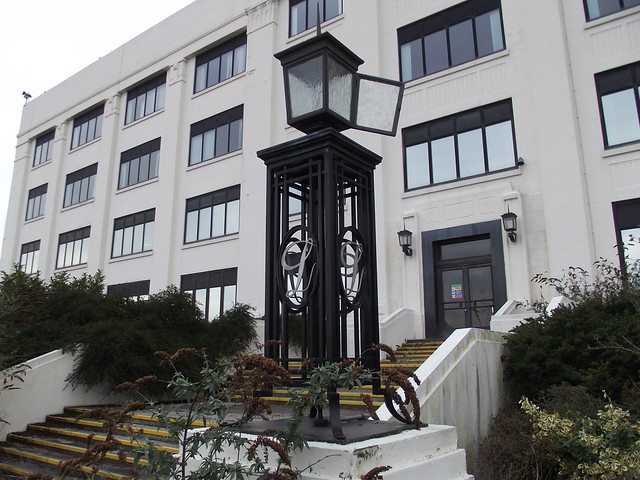
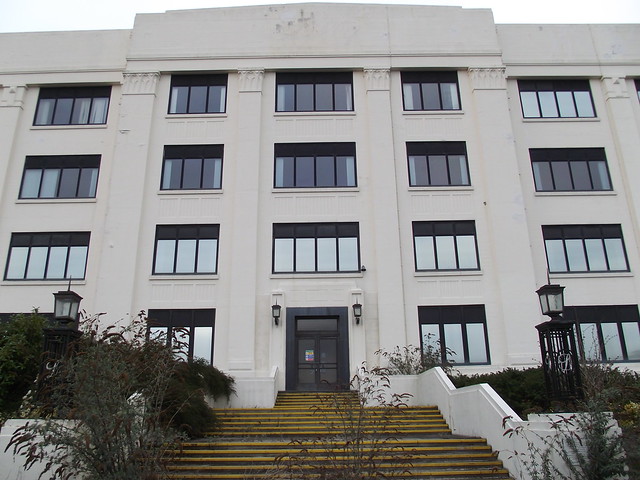
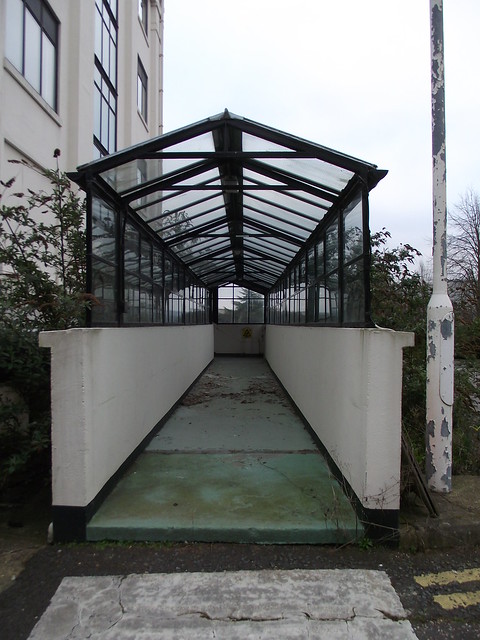
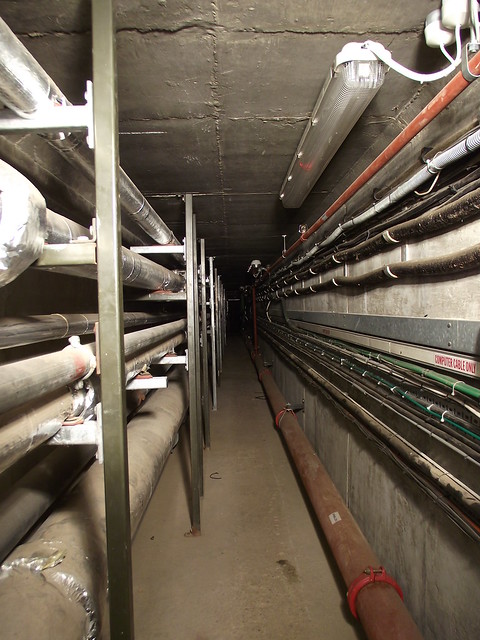
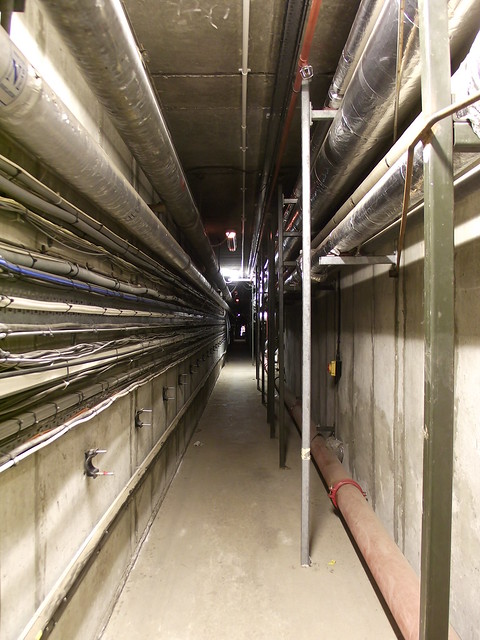
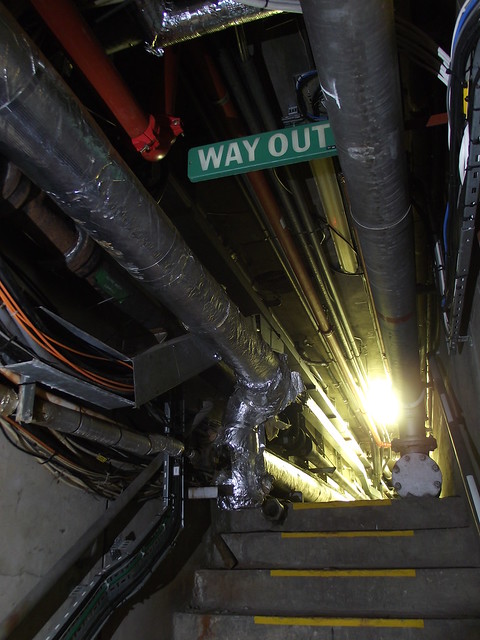
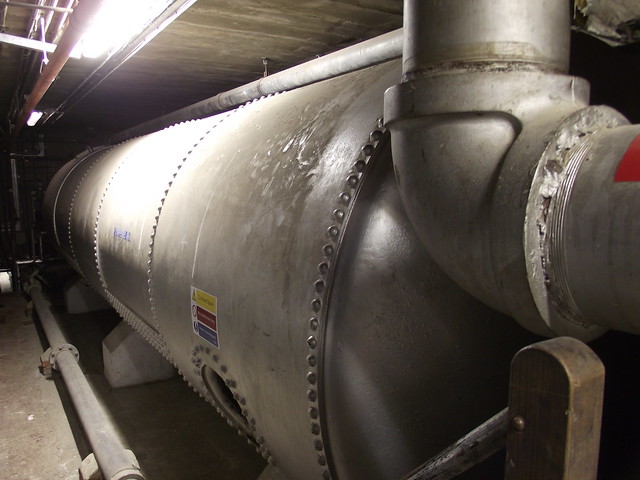
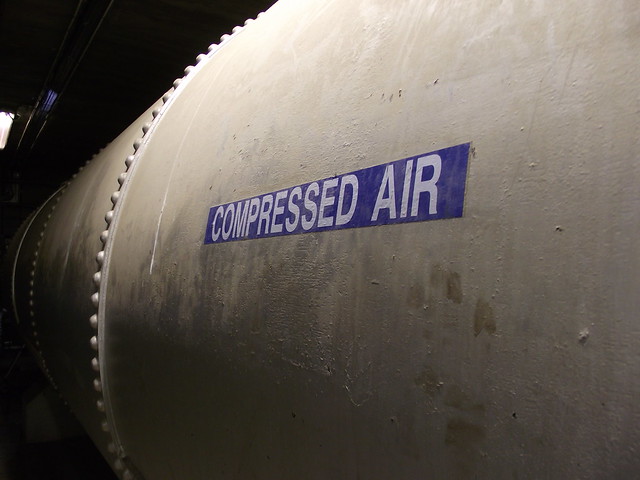
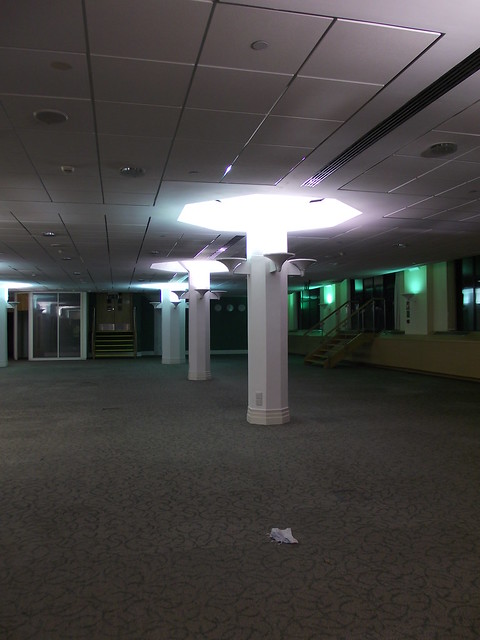
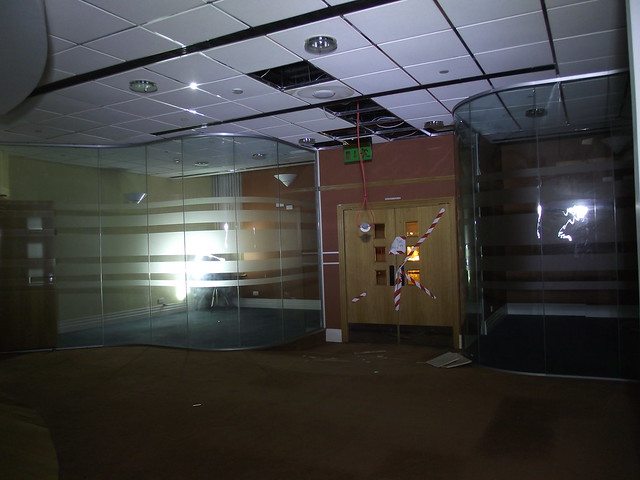
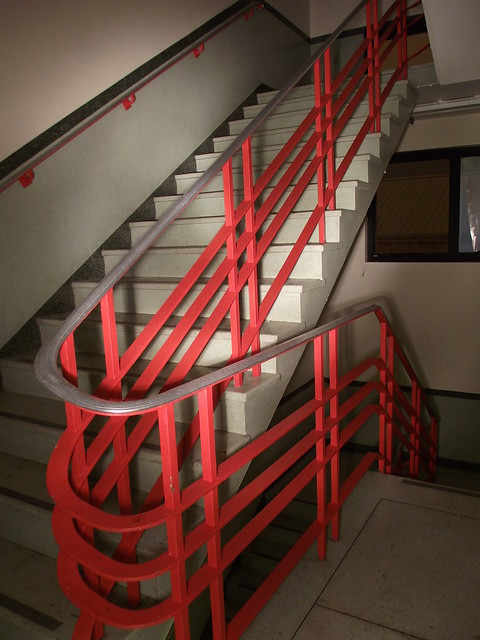
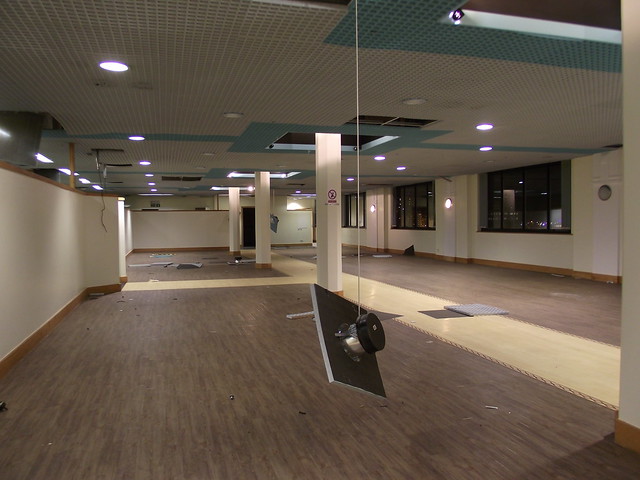
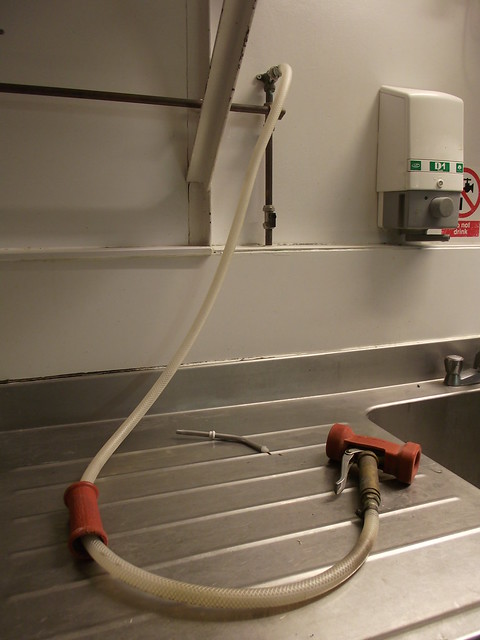
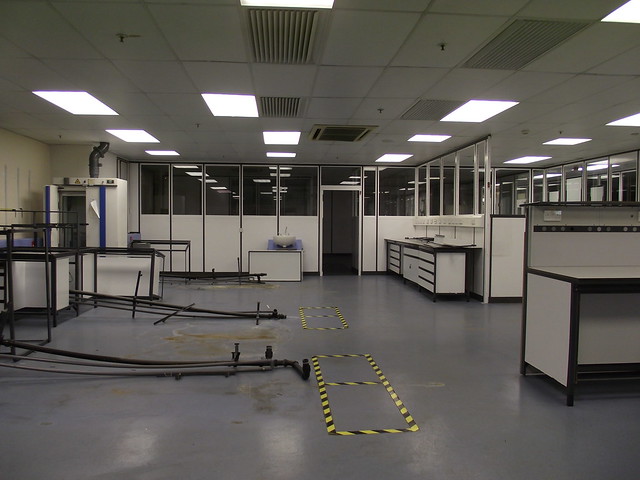
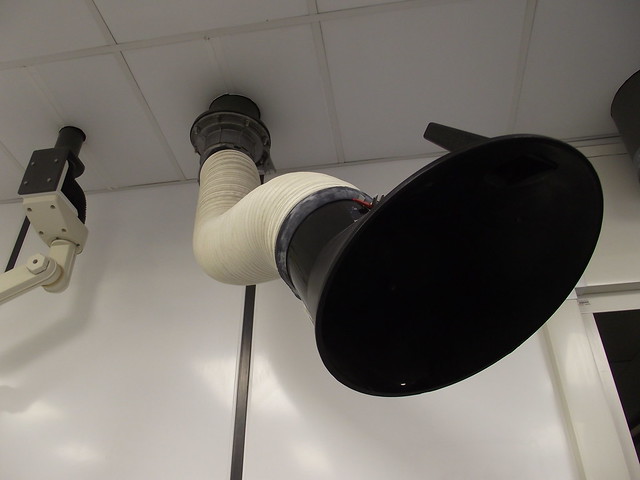
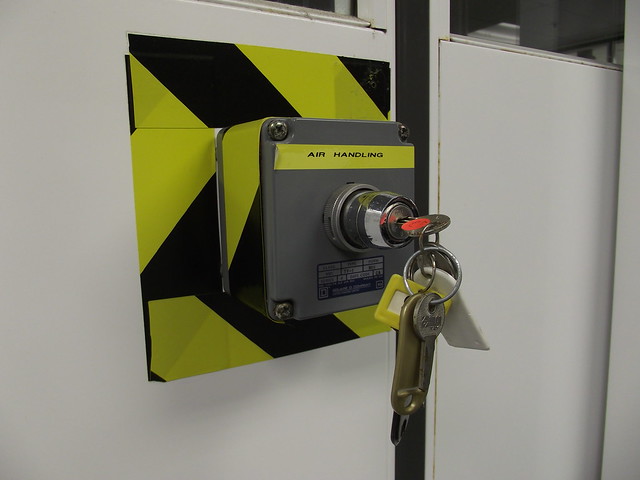
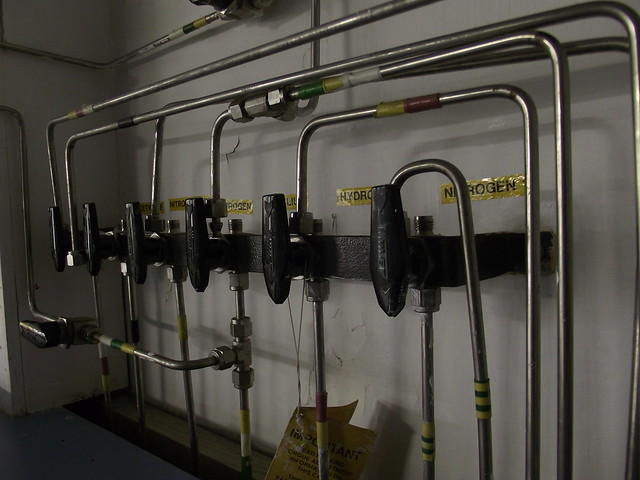
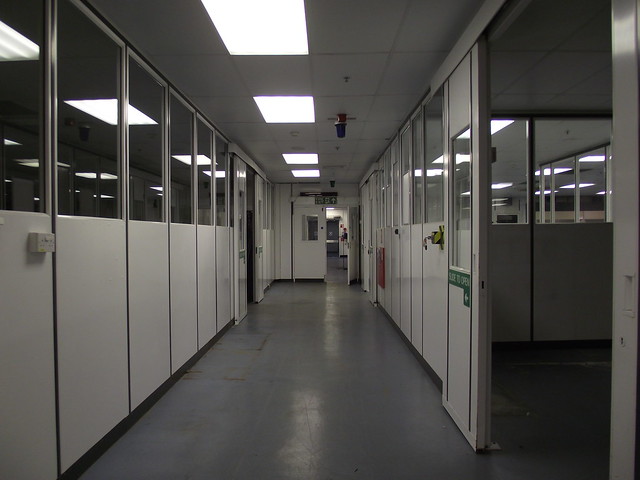
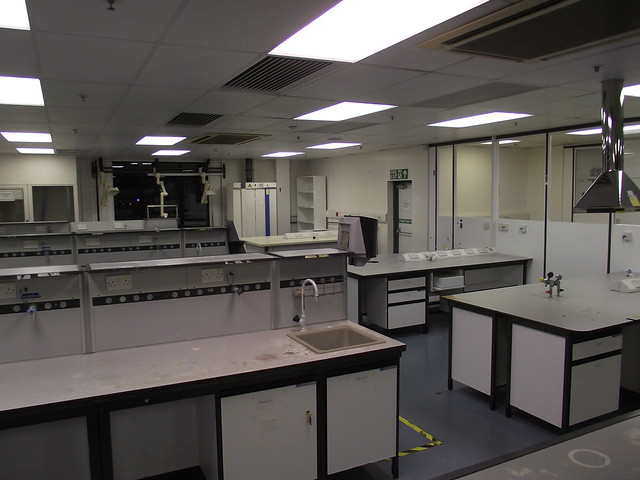
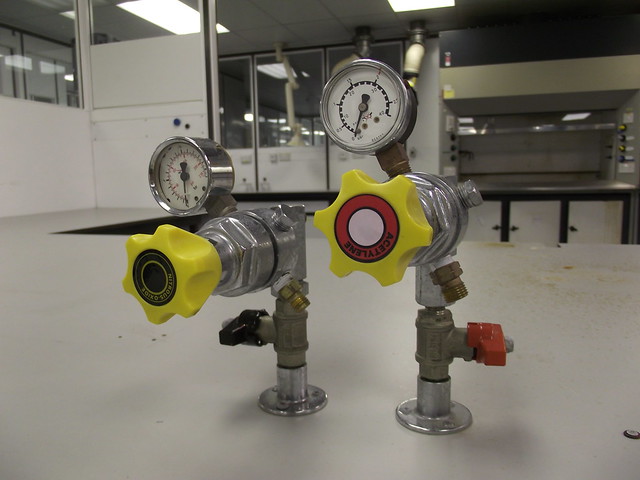
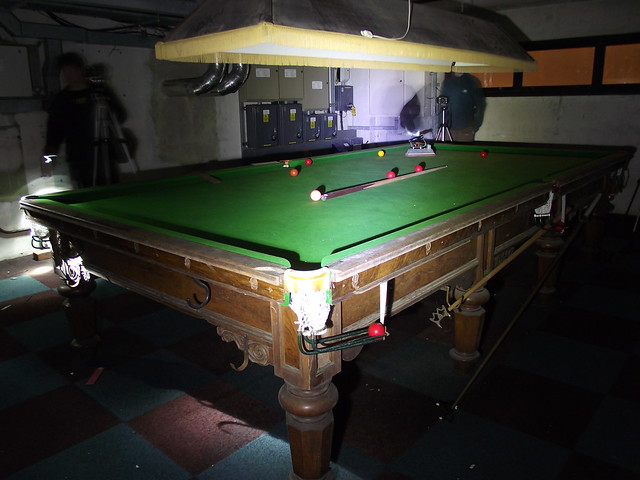
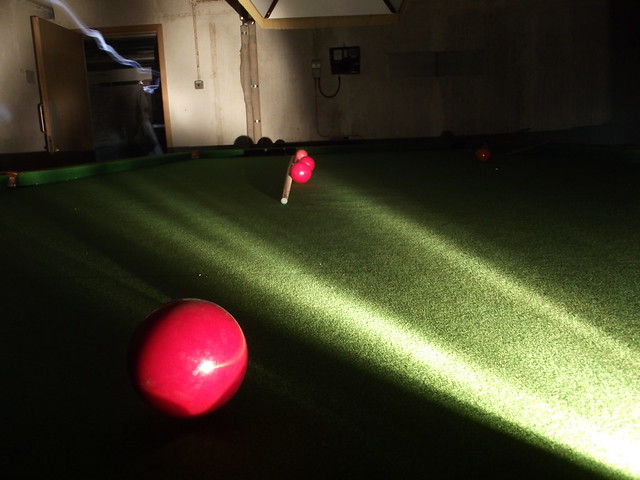
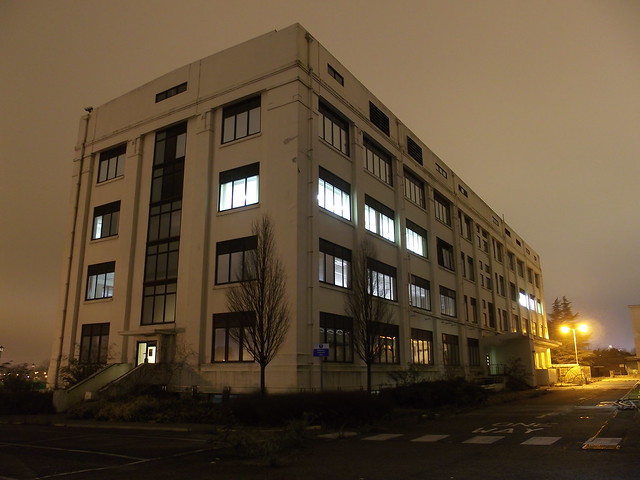
More pics from A Block here http://www.flickr.com/photos/mookie427/sets/72157626143886627/
Cont'd in next post
Second of all thanks to the other members who were able to come along - Treadstone, randomnut, Phantom Bish, Gh0st, TranKmasT and Andrew, great company for a great evening explore.
What can I say, one of the biggest explores I've done, 5 hours straight photographing and came away with many many pics. This place, although stripped, still has much to keep you occupied from service tunnels to a snooker table via lots of labs, big empty spaces, offices and some rather entertaining posters!
History:
Eli Lilly's 1939 Art Deco building was originally topped with bright neon signage the building got painted in green and brown camouflage to stop German bombers using it as a route marker during the war.
The building is believed to be tornado proof, the design being copied from Lilly's Kansas factory
Lilly bought quite a lot of land – approx 23 acres of farmland between Kingsclere Road and the railway – on what was then the outskirts of the town.
Construction began in February 1938, with the removal of 10,000 cubic yards of chalk from what was to become the basement of the factory building, followed soon after by the burrowing of a tunnel to carry steam and service pipes from the boiler house by the railway siding up to the main building.
The winter of 1938 saw the traditional topping out ceremony, the building little more than a shell, the windows of the upper storey – their iron fitments not yet having arrived – still gaping holes. The big six floor building, a brilliant sugar loaf white, stood on its own. No other landmark contested the ground between it and the water tower of the Park Prewett Mental Hospital.
By March 1939 thirteen months after the earth movers had begun their work, A Block, as the original building is now called, was ready for occupation. That same month a caravan of pantechnicons turned up at Kingsclere Road filled with the company’s stock and effects. Soon afterwards testing of the manufacturing machinery began and by the beginning of September the site was ready for business.
By that time however all eyes including those of the Company’s new employees was turned to Poland and the German invasion which had begun on the first of September. World events were moving rapidly and Great Britain declared war on Germany at 11.00 am on Sunday 3rd September, the day before the new Lilly factory opened for business. Before long the brilliant white building had been covered in camouflage paint, the newly erected neon sign had been switched off, an anti-aircraft gun stationed on site and half of the accommodation requisitioned by the Ministry of Aircraft Production.
The Company had precious little time to reap any reward from its considerable investment in Basingstoke before war intervened, but at least the new factory had been built and partially equipped, and was ready to make a significant contribution firstly to the war effort and later to the supply of pharmaceutical needs to an exhausted post-war Britain.
Lets crack on with some pics then....starting with the building we visited last, 'A Block', the big art-deco factory building.
























More pics from A Block here http://www.flickr.com/photos/mookie427/sets/72157626143886627/
Cont'd in next post
Last edited:




